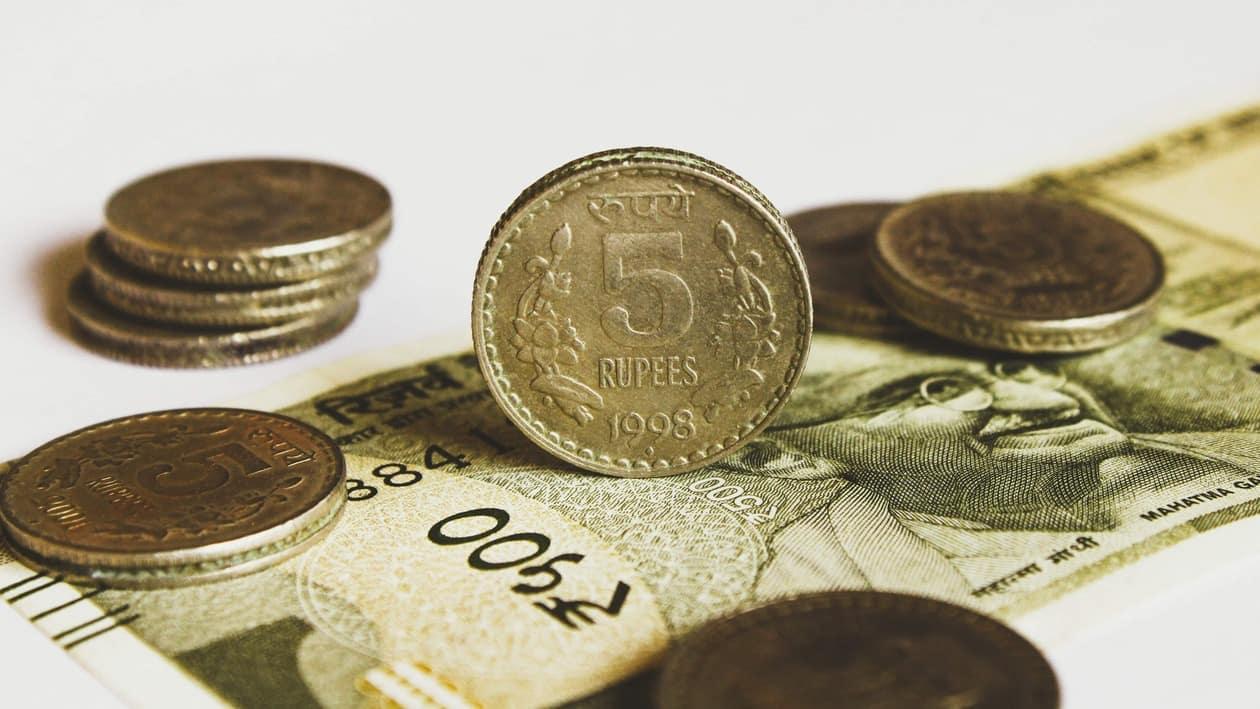Risk-averse investors have had a rough time with the falling interest rates. While fixed deposits returned over 8% not too long back, they now return 4-5% before taxes now. There are several ways to pad up your assured returns. In this article, let’s take a look at the effect that the frequency of compounding has on your interest returns.
Compounding frequency
Bank FDs typically compound at a quarterly interval. What does this mean? It means that at the end of every quarter, the deposit is reinvested with the interest generated in the previous quarter. Therefore, in the next quarter, interest will be calculated on not just the principal but also on the interest earned thus far.
READ MORE: Top 10 banks offering highest interest rates on their fixed deposits
How this benefits the depositor
The higher the frequency of compounding every year for a deposit, the better for the depositor. Let’s understand this with an example. We have one FD of Rs. 1 lakh with an interest rate of 6% but compounding annually. At the end of the year, the FD will return Rs. 6000 as interest. There’s another FD of Rs. 1 lakh, also at 6%, but compounding quarterly. This FD will pay out Rs. 6136 in one year. The higher the amount, the longer the investment duration, the higher the difference the compounding will make. For example, the first FD will return Rs. 133,822 in five years, while the second will return Rs. 134,685.
Can lower rate pay higher interest?
It can. For example, take two FDs of Rs. 1 lakh for five years. The first offers 6% with annual compounding, and it will pay Rs. 133,822 lakh on maturity. The second offers 5.87% with quarterly compounding. It will pay out Rs. 133,825 on maturity, which is roughly the same as the first FD offering 13 basis points higher in interest. Similarly, a 6% FD with quarterly compounding will offer roughly the same returns as a 6.15% FD compounding annually.
What banks offer
Most banks offer quarterly compounding on FDs with durations longer than six months. However, some banks may even offer monthly, semi-annual, or annual compounding. As a depositor, you need to check what you’re being offered. If you’re dependent on fixed income instruments such as FDs for your sustenance, these little things matter. Higher compounding frequency will increase your interest income.
Adhil Shetty, CEO & Founder, BankBazaar.com
